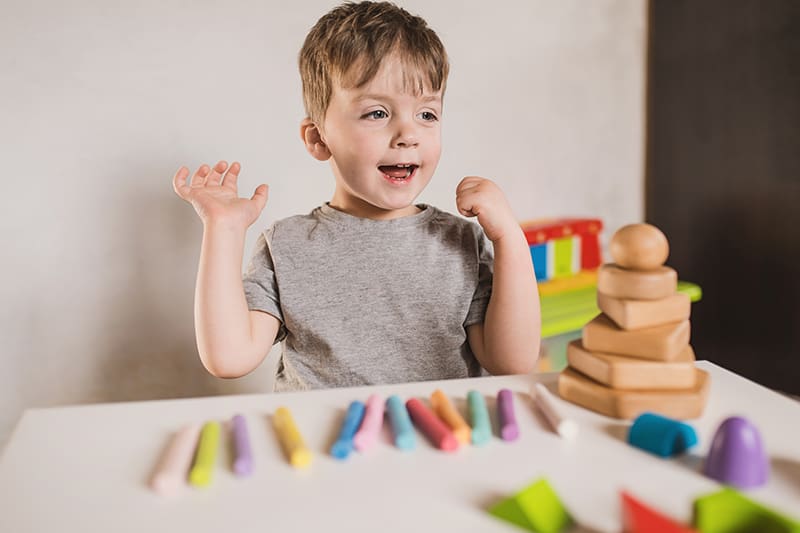Individuals struggling with sensory processing disorder (SPD), a neurological disorder that affects the proper processing of environmental stimuli, have trouble functioning when presented with seemingly benign daily interactions with his/her surrounding environment. For example, typically normal occurrences, such as a loud car horn or blinking streetlight may not be processed accurately, or elicit an unusual reaction by a person with sensory processing disorder.
Hyposensitivity
Hyposensitivity occurs when a child is underwhelmed by the world around him or her and needs to seek out additional sensory information to feel content. Signs of this behavior could include a need to touch things excessively, always turning the volume very loud, or constantly putting objects in his or her mouth. Those who struggle with staying still for any extended period could be hyposensitive, trying to constantly seek movement stimulation.
Hypersensitivity
On the contrary, hypersensitivity (also known as sensory defectiveness) is characterized by those who become uncomfortable when experiencing minor encounters with environmental stimuli. A person with hypersensitivity may smell scents others cannot detect, get distracted by common sounds, such as a humming refrigerator, or avoid using playground equipment in fear of different movements.
Sensory Processing Disorder: Impact on Speech Development
One individual may experience a blend of hyposensitivity and hypersensitivity to different factors, feeling overly sensitive to light while not noticing varying sounds. When a child becomes increasingly distracted by the common elements around him/her, one possible side effect can be a delay in speech development.
As the brain struggles to properly process the surrounding information, s/he may be missing language-building opportunities. When it is a challenge to simply discriminate between the sounds in a room, taking note of new vocabulary can lose priority.
Speech therapy is an excellent tool to help a child with sensory processing disorder sort through varying auditory information. Therapy sessions can help individuals focus on the origination of sounds and become comfortable with hearing them at different frequencies and volumes.












